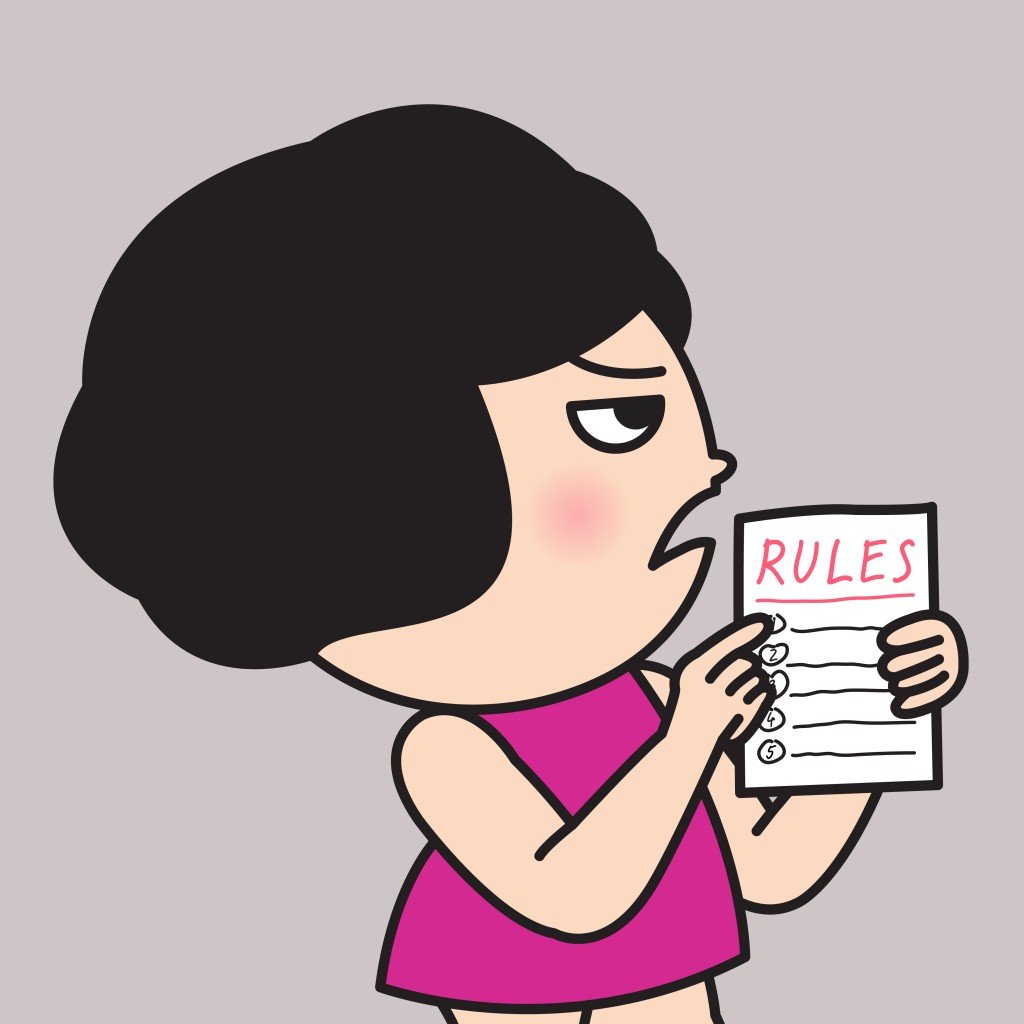Table of Contents (click to expand)
Malicious compliance is the practice of following directions or orders in a literal way, observing them without variance, despite knowing that the outcome will not be what the manager or boss initially desired.
If you’re one of those lucky few individuals who loves everything about their job and would never want to do anything to damage the company’s reputation or efficiency, this article might not be for you. However, if you’re in the majority of the working population and have occasionally felt inclined to “stick it” to your boss, then the concept of malicious compliance may be right up your alley.

In fact, even if you’ve never heard of the term, you’ve probably seen it at work before, or even done it yourself in some form or other. This clever, tongue-in-cheek behavior can make work bearable, help you drive home a point, or exemplify an issue you want to highlight. Yes, malicious compliance is a simple practice with an impressively wide range of effects.
Recommended Video for you:
What Is Malicious Compliance?
Applying a clear definition to malicious compliance is difficult, but in a nutshell, it is the practice of following directions or orders in a literal way, observing them without variance, despite knowing that the outcome will not be what the manager or boss initially desired.
The inclusion of “malicious” in this definition is very important, as this behavior is always meant in some way to damage, humiliate or threaten the established power structure, regardless of what level that may be.

It could range from embarrassing your direct supervisor who you have a personal problem with, all the way up to damaging the entire company’s reputation by strictly following suggested guidelines or rules that may infuriate your customers.
It may be hard to wrap your head around this concept, so perhaps an example will help. Imagine that you are a bouncer at a bar, and your manager called you out because someone brought a small bottle of alcohol into the venue. After yelling at you for twenty minutes, he said that it was your responsibility to thoroughly check the guests’ bags, and that you would be fired for not complying. An example of malicious compliance by the bouncer could be meticulously checking every single bag, requiring bar patrons to empty their purses, slowing down the entry process to the bar, angering the customers and causing some of them to leave, rather than stand in a sluggish line.

The bouncer followed the rules the manager had set out, but was doing so with malicious intent, as a way to get revenge on the manager for claiming he did a poor job. By slowing down the entry process, resulting in lower attendance and sales for the night, the manager’s performance could reflect poorly to the owner. The bouncer knew what effect fully enforcing this new rule would have, and continued to do it anyways, despite the potential damage to the company.
The reasons behind malicious compliance are myriad, ranging from office politics and jealousy to a resistance to change, but there are a few fundamental boxes that should be ticked if a behavior is truly malicious compliance.
The worker must be aware that the rule or directive is flawed, and that their superior made a mistake, and yet still choose to follow that rule. The “humorous” element of this behavior is that the worker isn’t required to fully enforce such a rule, as in the above example of the bouncer at the bar. Finally, for it to properly be called malicious compliance, the worker must genuinely want or intend harmful/chaotic results from their actions.
The Beauty Of Malicious Compliance
Again, for those in the workforce who love their jobs, malicious compliance may not seem like a very kosher practice, but there is a clever beauty to this practice—the lack of wrongdoing, regardless of the results. The benefit of being a subordinate who is expected to follow all the rules is that it’s difficult for your superior to be justifiably angry when you follow those rules!

Obviously, in such a situation, careful wording and semantics come into play, but on the most basic (or legal) level, the maliciously compliant worker has not disobeyed or done something deserving of reprisal.
This technique is effective because it’s a form of passive aggression. A subordinate can use this technique to make a strong and noticeable point, affect change, or even eliminate incompetence in the company’s hierarchy. Most importantly, however, they can do so without incurring any risk to themselves. If you’ve ever wanted to flex some cubicle muscle and give your terrible boss a taste of their own medicine, keep your eyes peeled for malicious compliance opportunities!
That being said, malicious compliance is not always a case of the little guy triumphing over the evil corporation. Given how difficult it is to reprimand malicious compliance, it can be detrimental to the company if the reason for such behavior is resistance to change. It is essential for companies to grow and evolve over time, so if the justification for malicious compliance is self-serving or to the detriment of the company’s long-term growth, it is definitely not a good thing.
A Final Word
While some instances of malicious compliance can shed light on incompetence or push for positive change in the face of poor management, it can also be a subtle weapon that is used in unfair or unwarranted situations. Whether you are a worker or a manager, understanding malicious compliance and identifying both opportunities for and instances of this behavior are critical to navigating the landscape of business and life.
References (click to expand)
- “Sure I'll do that, but the joke's on you.” Malicious Compliance ....
- “Sure I'll do that, but the joke's on you.” Malicious Compliance ....
- AMCIS 2015 Proceedings: Beneficial Noncompliance and ....
- https://web.archive.org/web/20181102140901/https://scholar.colorado.edu/cgi/viewcontent.cgi?referer=&httpsredir=1&article=1000&context=badm_gradetds
- some insights on managing organizational change | Jack ....













